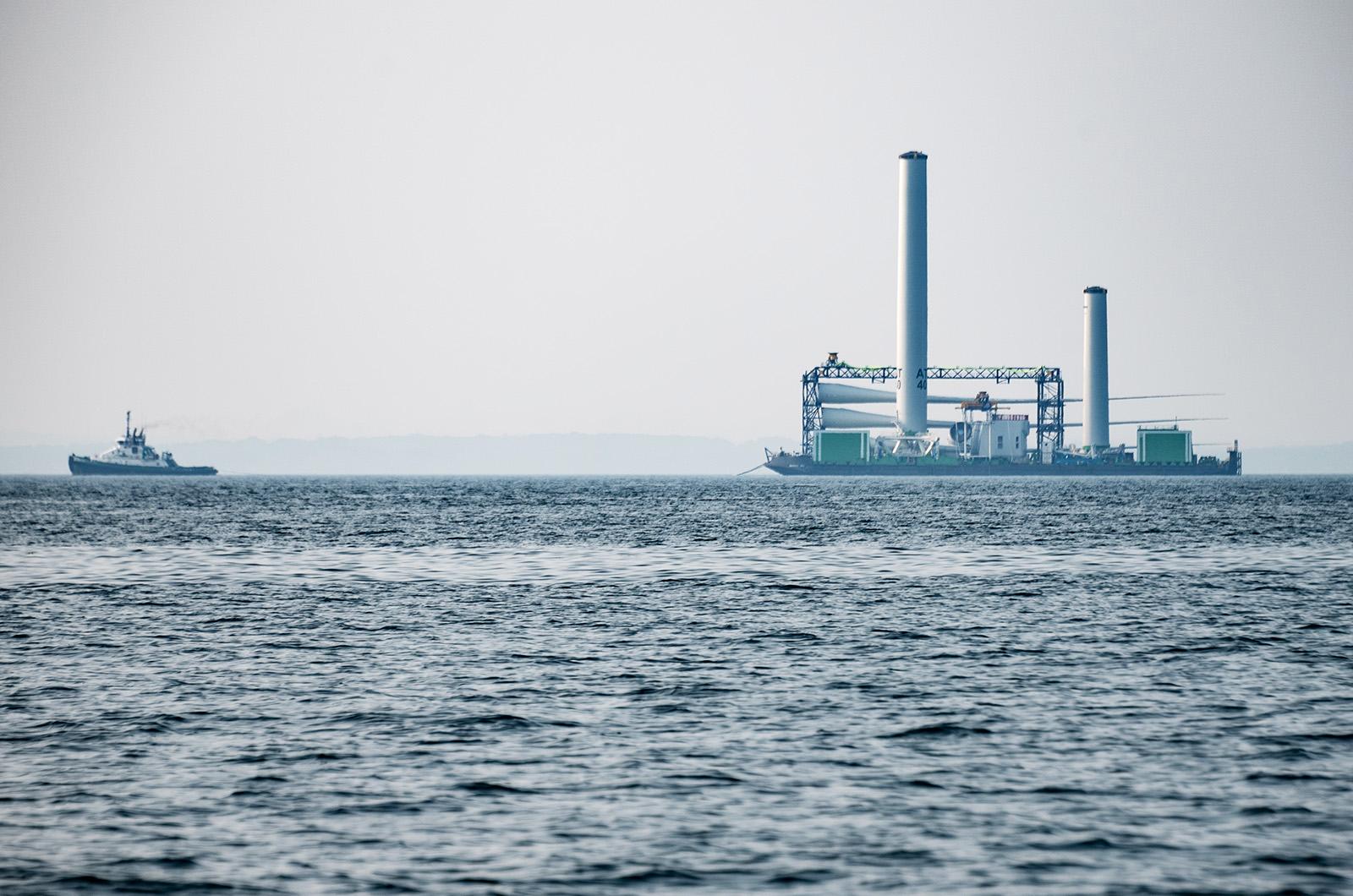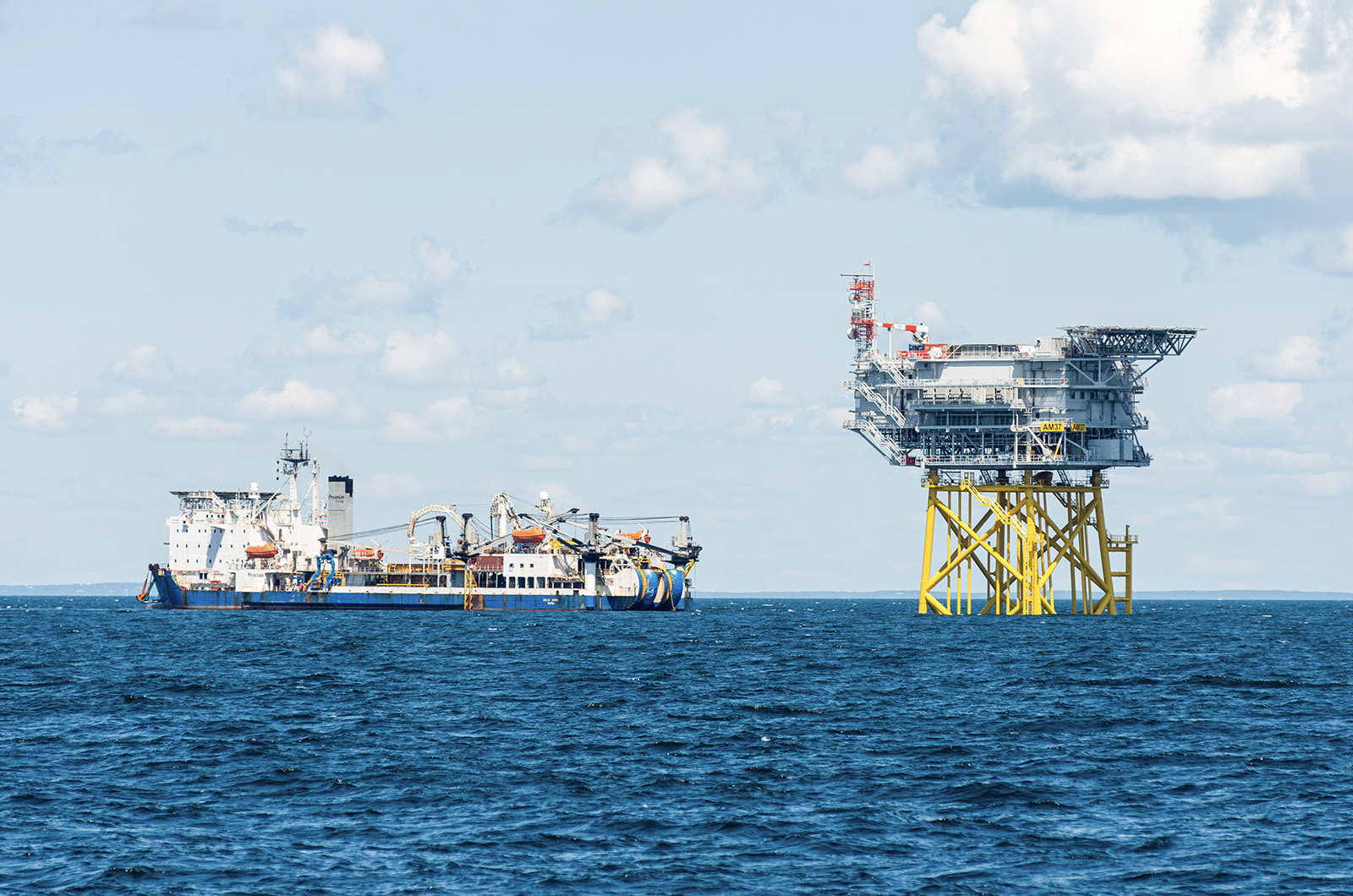Gov. Maura Healey last week announced a new effort to procure up to 3,600 megawatts of offshore wind power – the largest call out to developers in the state’s history.
Together with three electric companies, the state is seeking projects to produce what amounts to about 25 per cent of Massachusetts’ annual electricity demand. The new request for proposals will likely be welcomed by offshore wind energy developers that have stalled under pre-pandemic agreements to supply power to the state’s main utility companies.
Two companies with plans to place wind turbines off Martha’s Vineyard have agreed to pay tens of millions of dollars to get out of old contracts that they said made the projects economically unviable.
The procurement push from the state is for projects that already have a lease in the outer continental shelf area more than 10 miles south of the Island and signals a willingness to offer developers flexibility as the state strives for more renewable energy.
“With our top academic institutions, robust workforce training programs, innovative companies and support from every level of government – Massachusetts is all-in on offshore wind,” Ms. Healey said in a statement on August 30.
The day before the state’s announcement, SouthCoast Wind agreed to pay $60 million to get out of its contract with three utilities that it had promised to supply power to from the proposed farm 30 miles off the Island. Commonwealth Wind, another developer planning to build to the south of Martha’s Vineyard, agreed to pay $48 million earlier this year.
“Closing these contracts was never the plan but impacts of Covid-related supply chain disruptions and the war in Ukraine made them unfinanceable,” SouthCoast Wind spokesperson Martha Keeley said in a statement to the Gazette.
Getting out of the contracts allows the companies to go back out to bid on solicitations, seeking more competitive prices that can make the projects more feasible.
“This development enables SouthCoast Wind to move forward and to compete in upcoming solicitations,” Ms. Keeley said. “The project is full steam ahead. We have budgeted $100 million this year alone to advance our project, and our federal, state, and local permitting is progressing.”
The governor’s new plan includes long-term agreements with companies that also give some flexibility to deal with the rising financial costs of building a wind farm.
But this has some officials worried. Massachusetts attorney general Andrea Campbell was concerned that the current market, combined with the long-term agreements could lead to inflated costs for ratepayers.
“There are...serious concerns lingering over whether some of these offshore wind projects will come to fruition,” Ms. Campbell wrote in a filing when the state first raised the idea of the large-scale solicitation.
She specifically called out SouthCoast Wind and Commonwealth Wind, and suggested the state make smaller procurements, capping the size at 1,600 megawatts.
“Procuring an additional 1,600 MW in this round would allow the [state] to remain on course to reach its offshore wind goals without unduly burdening ratepayers, who already pay some of the highest electricity rates in the United States,” Ms. Campbell said in her May comments to the state Department of Public Utilities.
The issue has also come up in Rhode Island, where some of the projects planned for south of the Vineyard would make landfall. The state’s main utility decided in July that it didn’t want to move forward with an agreement to buy electricity from a project, known as Revolution Wind 2, out of affordability concerns.
“Higher interest rates, increased costs of capital and supply chain expenses, as well as the uncertainty of federal tax credits, all likely contributed to higher proposed contract costs,” utility Rhode Island Energy said in a statement at the time. “Those costs were ultimately deemed too expensive for customers to bear and did not align with existing offshore wind [power purchase agreements.]”
Abbey Greene, the coast and ocean planner at the University of Rhode Island’s Coastal Resource Center, said this part of the process can be hard to balance. Permitting can take years, meaning the economy can shift dramatically between the time when contracts are signed and when turbines start producing power. This can make negotiations complicated as policymakers try to meet climate goals while also making sure taxpayers get a reasonable rate.
“Some of the agreements were negotiated in 2019,” Ms. Greene said in a June interview with the Gazette. “People can’t predict the war in Ukraine, the rates of inflation, supply chain issues.”
Though some projects struggle to get started, others have made some recent progress.
Parts for Vineyard Wind’s first turbine shipped out from New Bedford harbor Wednesday and the project scored a recent legal victory over a seasonal Island resident.
Thomas Melone, who owns a home in Edgartown and runs a solar energy company, claimed several agencies were violating the Endangered Species Act and other statutes when they greenlighted the 62 towering turbines.
Mr. Melone claimed there was not sufficient public notice during the process and he wasn’t able to offer comments on the subject. In his lawsuit, Mr. Melone also complained that federal officials hadn’t considered that the wind turbines were not tested to stand up to strong hurricanes, and feared for the potential hazard to animals and historic fishing grounds. He also questioned several portions of the approval process, including legal frameworks and the reliance on past data.
On August 4, federal court judge Indira Talwani said the National Marine Fisheries Service was within its rights to issue an incidental harassment authorization, a permission to disturb marine species during the construction.
Park City Wind also prevailed in a legal tussle with the Edgartown conservation commission. In November 2022, the commission voted against the company’s plan to run two offshore wind cables through town waters.
The conservation commission worried about potential impacts to marine life and nearby coastal wetlands. Park City sued in April, saying the denial was “nonsensical” and ignored evidence presented to the commission.
The state Department of Environmental Protection issued a superseding ruling, reversing the denial, and the conservation commission is set to reconsider the project next week.








Comments (6)
Comments
Comment policy »